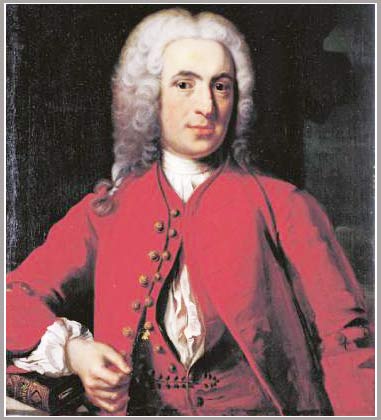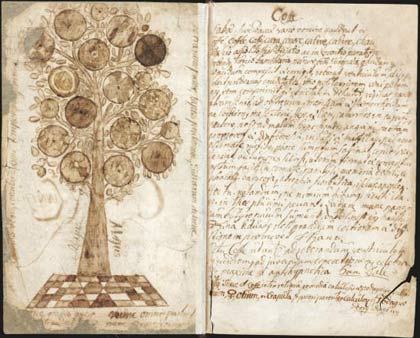Scientist Linnaeus - the decoder of nature
Carl von Linné -hay Linnaeus - is a great Swedish doctor and botanist. Considered Darwin's most important predecessor, he is best known for his work Systema naturae, a system for classifying plants, animals and minerals. This year round 300 years he was born.
Carl Linnaeus was born on May 23, 1707, in a small village called Råshult in southern Sweden. His father, Nils Linnaeus was a pastor. It was his father who instilled in him the love for plants.
Legend has it that young Carl had a love for plants and flowers from the womb, because his mother during pregnancy often watched the strange and wonderful flowers in her husband's flower garden. Carl wrote of himself poetically at birth: "Only when spring is at its cutest weather and the crowing of the crow signals the coming of summer" - that is May. In the past, Carl's cradle was made of beautiful flowers with a sweet scent.
As an elementary school student, Carl was considered a good student of botany and Carl's teacher then advised his parents to let him take up a doctor's job, instead of becoming a monk as they attended. Then, botany was still a part of medicine.
Carl von Linné -hay Linnaeus - is a great Swedish doctor and botanist

Later, Carl attended medical school in Lund, southern Sweden. After one year, Carl transferred to one of Sweden's oldest and most prestigious universities in Uppsala.
Infinite confidence combined with the ambition to understand and classify things in its state of integrity - not just on earth but the universe - are the two main drivers of Carl's entire life and career. Because of this ambition, he is also known as "The Prince of Botany". The world calls him "Pliny of the North" (Pliny is the greatest natural historian of ancient times), "the second Adam" and many others.
His Systema naturae is a system of classifying plants, animals and minerals, like a society, including kingdoms, provinces, districts and tenants.
In this work, the criteria that he uses to classify plants as gender characteristics were discovered in the late 17th century but are still not accepted everywhere. Naturally, according to him is the proliferation. That is the way life exists in its diversity.

The cover and "may tree" from Örtaboken, Linnaeus' manuscript are known, the earliest from 1725 (Image: Linnaeus300.com)
For animals, he classifies them according to a variety of criteria, such as four-legged animals, or mammalia, which are assessed according to the number and location of mammals, among other criteria. .
With minerals, similarly, he divides according to his external characteristics and does not base on its chemical composition.
In this system, plants, animals and minerals were arranged as in a military organization with hierarchies, and unlike Darwin, he placed the human head in that hierarchical structure. as a gem in the crown of Creator. However, he was the first scientist of that time, in 1758, to make a strong and sensitive conclusion that mankind must be placed in the same order as the orangutans, of the primate family.
Systema naturae first came out with only 12 pages. Later, during the period from 1766 to 1768, Linnaeus developed his work to 2,300 pages with a total of 15,000 different species of plants, animals and minerals. Sorting and naming each of the above is a huge achievement and hard to understand. But Linnaeus understood that his work was only a small beginning. By the end of the 18th century, the estimated number of species of plants and animals on Earth was about 30-40 million different and most of them would never have been drawn or named.
There are many methods to classify plants and animals of Linnaeus, methods based on the gender characteristics of plants, which are no longer applied by modern science. However, over the centuries, his classification system is extremely useful used as a scientific tool to draw diagrams and understand the natural world.
Carl Linnaeus passed away on January 10, 1778, leaving humanity with a modern and unique sense of order, a wild and ancient imagination.
FIDITOUR TRAVEL COMMUNICATION COMPANY
Representative: Mr. Tran Van Long - Chairman and General Director
Head office: 95B-97-99 Tran Hung Dao, District 1, City. Ho Chi Minh.
Hanoi Branch: 66 Tran Hung Dao, Hoan Kiem District, Hanoi
Phone: 028 730 56789 | Hotline: 19001177